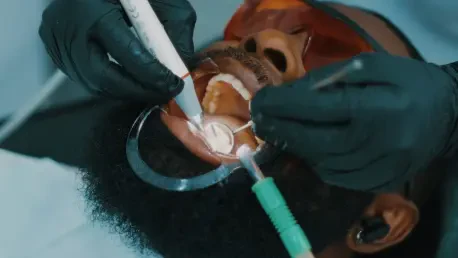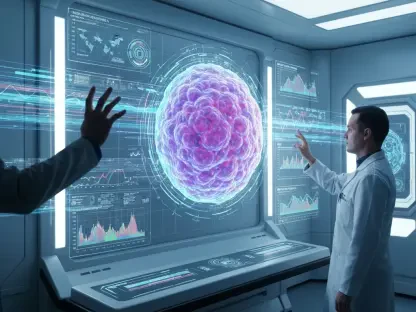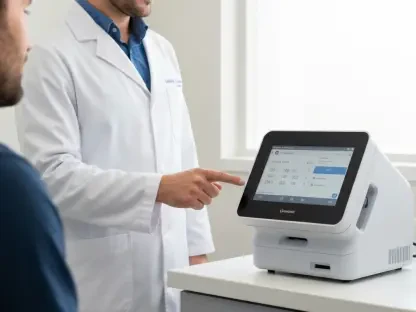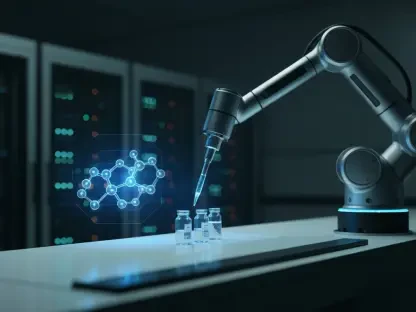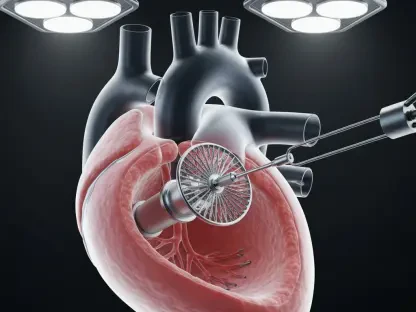The recent integration of intra-oral scanners at University College London Hospitals NHS Foundation Trust (UCLH) marks a transformative shift in dental care practices, highlighting a turning point in how dental health is approached in the United Kingdom. With their ability to offer precise and rapid digital imaging of patients’ oral structures, these scanners are set to replace traditional dental impressions. This innovative approach aims to significantly improve patient experience while boosting clinical efficiency. By eliminating the need for manual impressions, the introduction of these scanners into the Epic electronic health record (EHR) system not only saves time but also enhances the accuracy of patient data. Such advancements align with the larger goal of digitizing healthcare services, a key ambition of the National Health Service (NHS). As the dental care sector increasingly leans towards digital solutions, discussions arise as to whether intra-oral scanners are central to future dental care, despite challenges that transformation might entail.
Enhancing Patient Experience and Clinical Communication
Intra-oral scanners have emerged as a pivotal tool in enhancing patient experience and facilitating more effective clinical communication. One of the immediate benefits observed at UCLH is reduced appointment durations, allowing patients to receive quicker care compared to traditional methods. The scanners enable swift and efficient transition from impressions to treatment plans, streamlining the entire process. Additionally, through the use of 3D imaging displays, patients find themselves more involved in their treatment decisions as they can visually comprehend their oral health condition. This involvement not only strengthens patient-provider communication but also empowers patients to actively participate in discussions about their treatment options. Furthermore, the ability to store digital images in the cloud boosts collaboration with labs while ensuring complete medical records, all contributing to improved patient safety. These developments set the stage for a patient-centered approach that could redefine dental care as technology evolves.
Digital Transformation and NHS Ambitions
The integration of intra-oral scanners into digital healthcare systems represents a significant step toward the NHS’s ambition to fully digitize healthcare services. The transition from analog to digital methods is exemplified by UCLH’s initiative, funded by the UCLH Charity, which collaborates with dental services and technology teams to bring about technologically advanced care practices. This shift is not isolated, as similar trends are noted across the UK healthcare landscape. For example, the successful appointment system instituted in mid and south Essex for urgent dental care services demonstrates an efficient use of technology to manage accessibility and out-of-hours services. These efforts have contributed to a broader understanding of the potential that digital transformation holds for the future of healthcare. Digital integration helps in maintaining robust patient records and optimizing treatment processes, ultimately resulting in better patient outcomes and a streamlined healthcare system.
Steps towards Digital Healthcare Transformation
The recent incorporation of intra-oral scanners at University College London Hospitals NHS Foundation Trust signifies a significant advancement in dental care protocols within the United Kingdom. These scanners provide enhanced precision and swift digital imagery of patients’ oral anatomy, paving the way for substituting conventional dental impressions. This cutting-edge approach is designed to elevate the patient experience while amplifying clinical productivity. By phasing out manual impressions, integrating these scanners into the Epic electronic health record system not only conserves time but also refines the accuracy of patient records. These developments align with the broader objective of digitizing healthcare services, which remains a pivotal goal of the National Health Service. As the dental industry increasingly shifts towards digital methods, conversations emerge around the pivotal role intra-oral scanners may play in future dental care, despite the obstacles that such progress might present.
